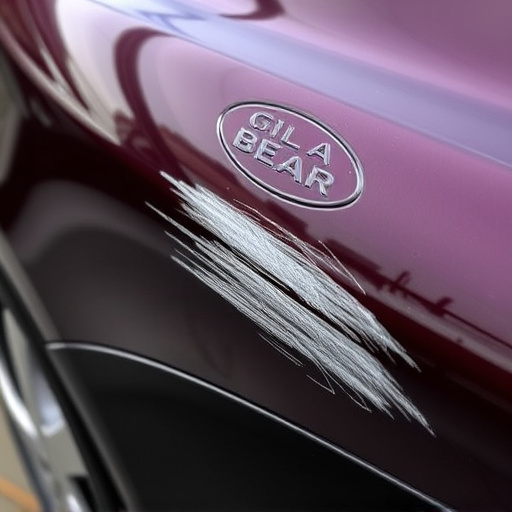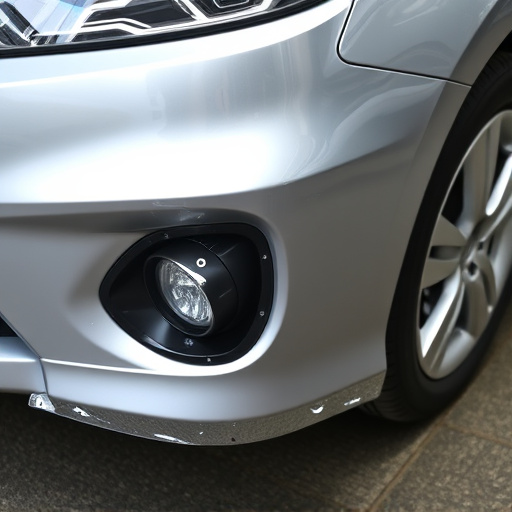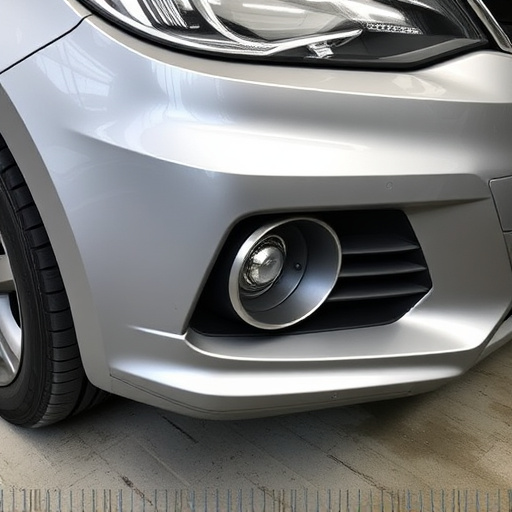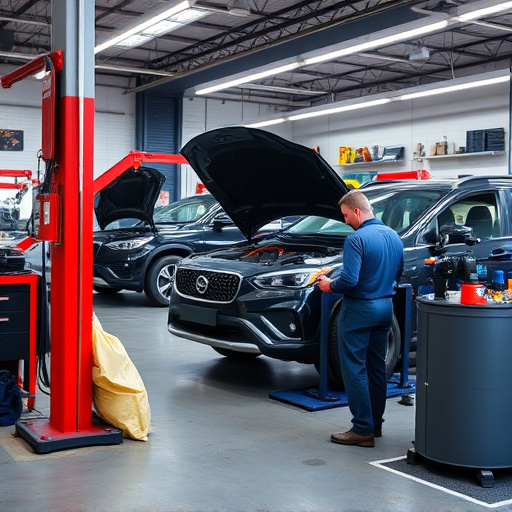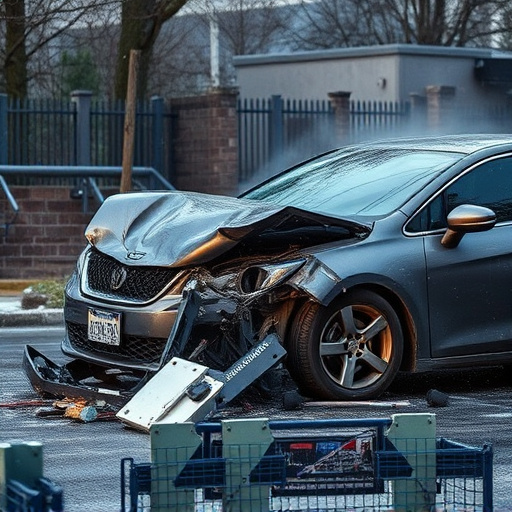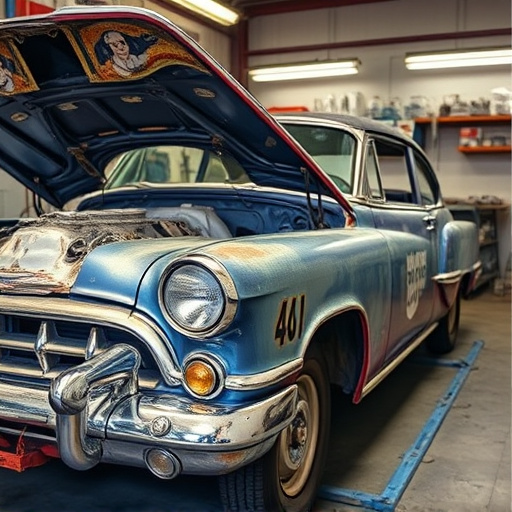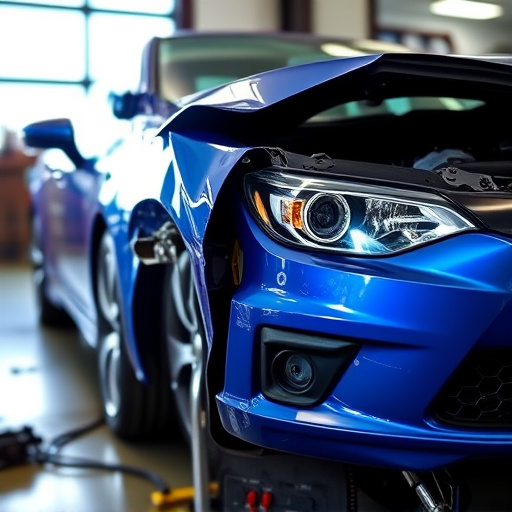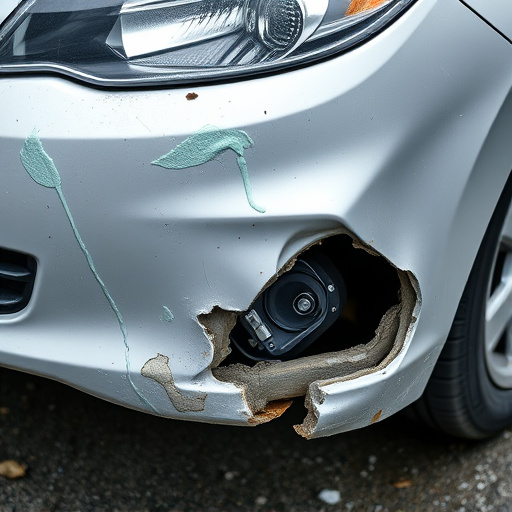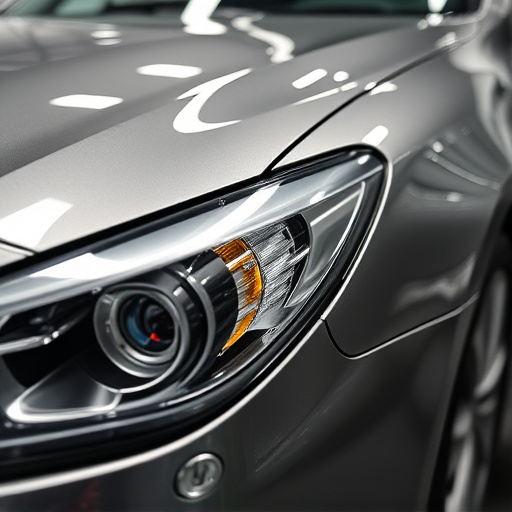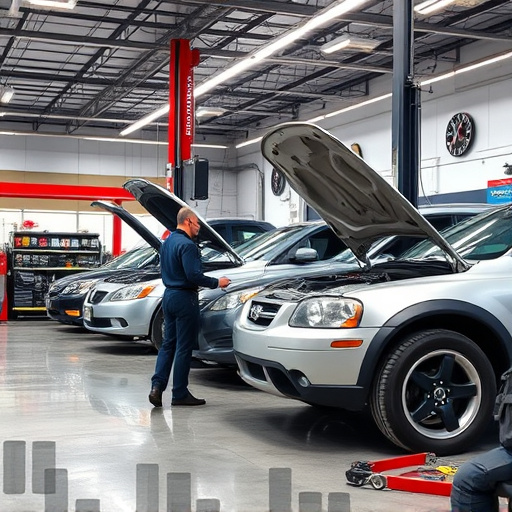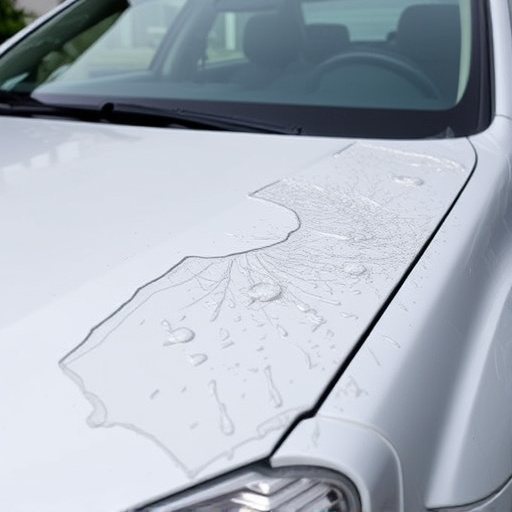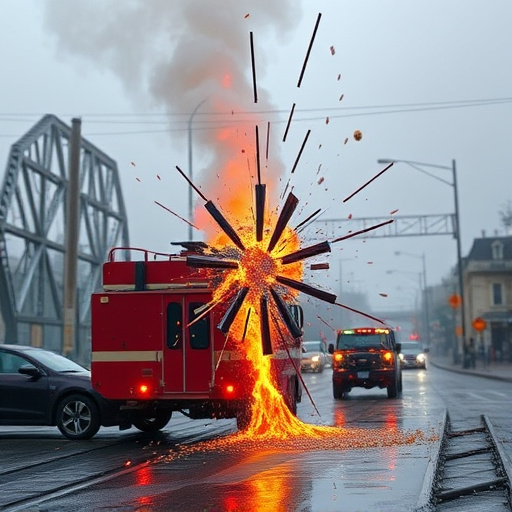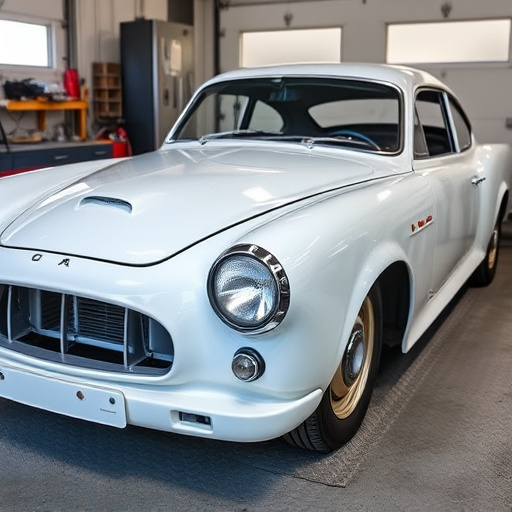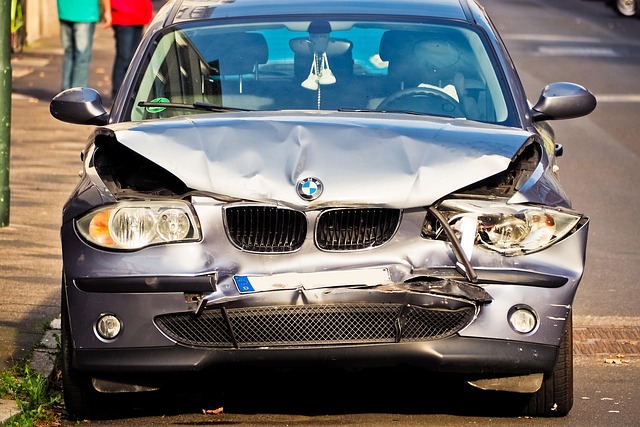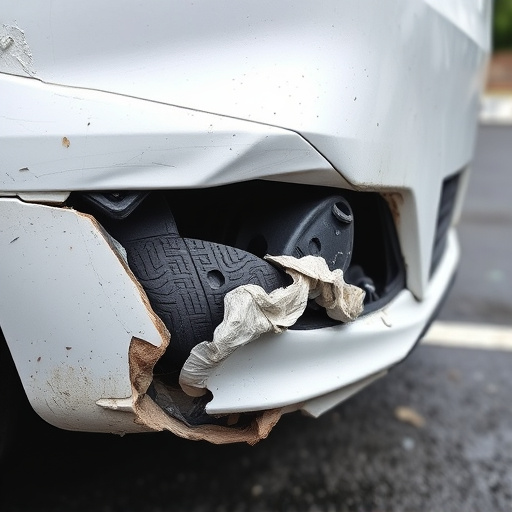The base coat, a critical step in auto body repair, acts as a protective barrier against UV radiation, harsh weather, and corrosion, enhancing structural integrity and vehicle safety inspections. Proper application ensures long-lasting protection, prevents further damage like rust, and improves aesthetics, while improper application can compromise metal surface and structural integrity.
In today’s digital era, understanding base coat application is paramount for vehicle safety inspections. The base coat serves as a crucial layer in vehicle protection, offering more than aesthetic benefits. This article delves into the multifaceted role of base coat, exploring its function in safeguarding vehicles and its impact on inspection protocols. We analyze how proper and improper application affects safety standards, highlighting best practices to ensure optimal vehicle protection and compliance.
- Understanding Base Coat Function in Vehicle Protection
- The Role of Base Coat in Safety Inspection Protocols
- Impacts of Proper vs. Improper Application on Safety Standards
Understanding Base Coat Function in Vehicle Protection
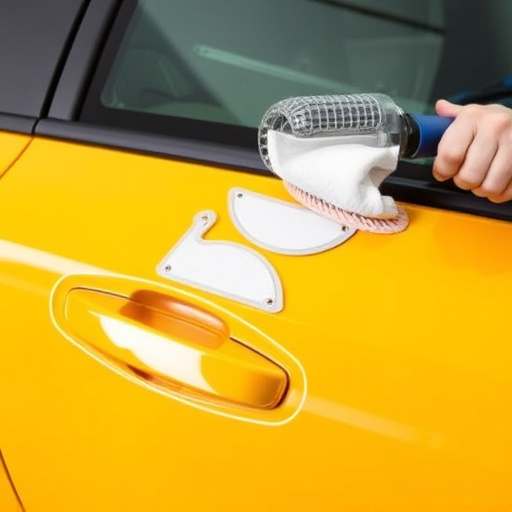
The base coat serves as a pivotal layer in the protective armor of a vehicle’s exterior. Its primary function is to create a barrier between the automotive body work and the elements, including ultraviolet radiation from the sun, harsh weather conditions, and corrosive substances. This essential step in any vehicle repair service or automotive body shop application forms the foundation for long-lasting protection.
By acting as a shield, the base coat helps maintain the aesthetic appeal of the vehicle’s paint job while preventing damage to the underlying metal. In an industry where first impressions matter, this protective layer ensures that the auto body work looks as good as new, enhancing the overall customer experience. Whether it’s for routine maintenance or following repairs, understanding the crucial role of base coat application is key in ensuring comprehensive and effective vehicle safety inspections.
The Role of Base Coat in Safety Inspection Protocols
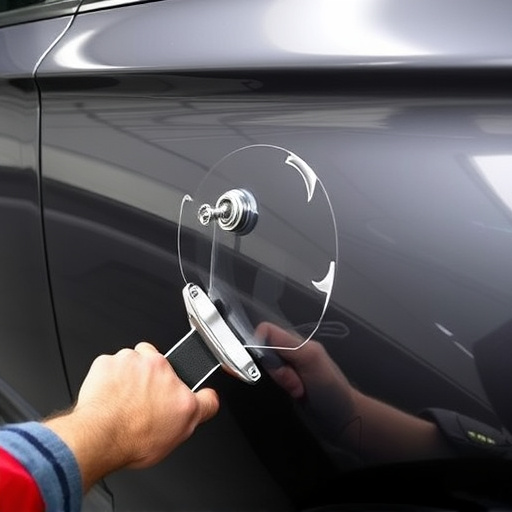
The base coat, a crucial component in automotive painting and repair, plays a significant role in safety inspection protocols for vehicles. It serves as more than just an aesthetic layer; it’s a protective barrier that enhances structural integrity and overall vehicle safety. In the context of hail damage repair or fleet repair services, understanding the impact of base coat application is paramount.
During inspections, technicians scrutinize the condition of the base coat to identify potential issues like rust or previous repairs. Proper base coat application ensures that these defects are sealed off, preventing further corrosion and compromising the structural integrity of the vehicle. This is especially critical in automotive body work where a strong bond between the base coat and the underlying metal surface is essential for long-lasting protection against environmental elements, including UV rays and harsh weather conditions, ultimately contributing to the overall safety and reliability of the vehicle.
Impacts of Proper vs. Improper Application on Safety Standards
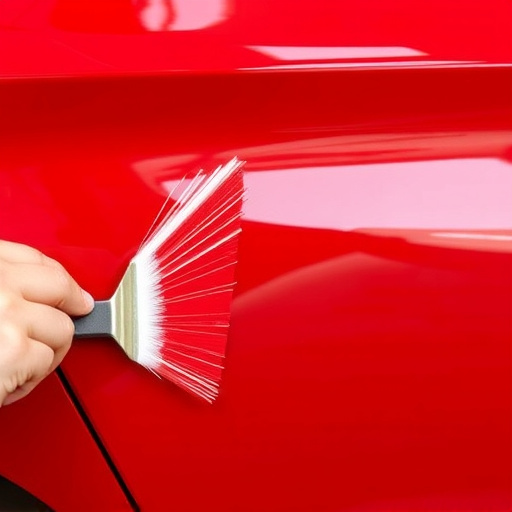
The proper application of a base coat in automotive body work is paramount to ensuring vehicle safety inspections meet industry standards. When executed correctly, this crucial step in car dent removal and vehicle dent repair processes offers enhanced protection against corrosion and improves the overall aesthetic appeal of the vehicle. A well-applied base coat creates an even, smooth surface, serving as a solid foundation for subsequent coatings, thus guaranteeing better adhesion and longer-lasting finishes.
Conversely, improper base coat application can have detrimental effects on safety standards. Inadequate coverage or uneven distribution may leave underlying metal vulnerable to damage from environmental factors, compromising the structural integrity of the vehicle over time. This is particularly concerning in regions with harsh climates where vehicles are exposed to salt, moisture, and extreme temperatures, emphasizing the need for meticulous base coat application techniques during repairs, including car dent removal processes.
In understanding the pivotal role of base coat application in vehicle safety inspections, it’s clear that a well-executed base coat serves as a protective shield, enhancing structural integrity and paint durability. This, in turn, directly impacts the overall safety standards of vehicles on our roads. Proper base coat application ensures optimal protection against corrosion and damage, thereby facilitating more accurate inspections and contributing to the long-term safety and reliability of motor vehicles.
